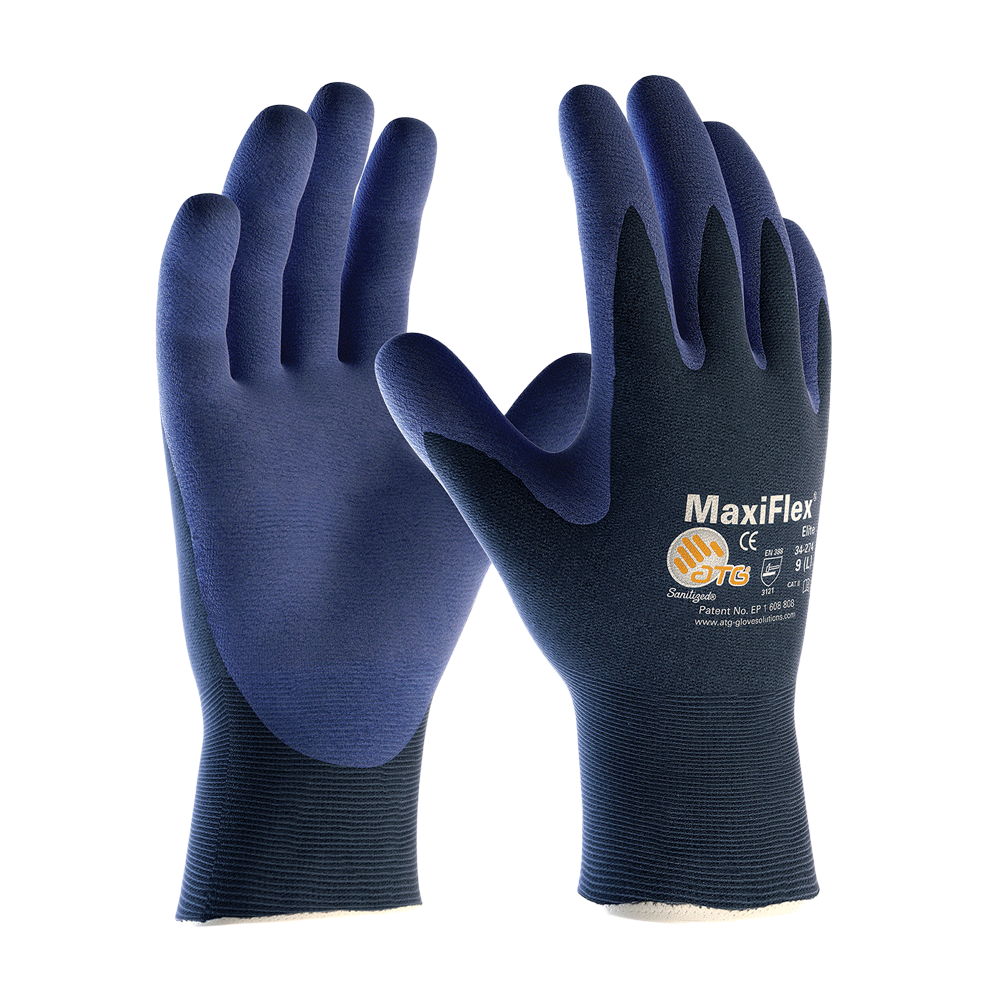Glove coatings have become a very popular feature when it comes to selecting a pair of work gloves. While there are several types of glove coatings (we’ll look into those later) the benefit they all provide is some level of enhanced grip for your task.
Traditional dipped gloves are made by taking the knitted base of the glove and dipping it into the selected coating material. There are different ways to coat a glove: a partial dip that covers palms and fronts of fingers, a ¾ dip, and a fully dipped glove.
One of the newest developments in dipped gloves is the concept of double dipping. Manufacturers have found that, particularly with nitrile dipped gloves, if you complete a double coating this creates a more secure barrier that doesn’t allow oil or other substances to seep through to your hands while working.
Nitrile is probably the most popular and most common material used to coat work gloves. Nitrile is inherently puncture, abrasion, and chemical resistant so you’re starting with a great foundation. While it isn’t completely flame resistant, it can handle quite a range. Additionally, you’ll see foam nitrile coatings which basically makes sort of a sponge like coating that will absorb moisture on the surface of an object and create a really excellent grip for the glove user.
Latex coatings are also quite popular as the latex allows for the glove to maintain a very high elasticity and offers a very high level of grip. Latex is resistant to very high temperatures and is tear resistant. However, latex does not handle organic solvents like gasoline and is also a major source of allergens.
Polyurethane coating is one of the lightest and softest options for a glove coating. It offers one of the best dexterity and tactile sensitivity ratings. However, this material has relatively poor abrasion resistance and doesn’t offer the best grip in oily or wet applications.
PVC is an entirely synthetic material that is used for glove coatings because it is durable and doesn’t cause allergic reactions. It offers excellent abrasion resistance, although it can be at risk for snags and tears. It maintains flexibility but doesn’t offer very good tactile sensitivity or dexterity.




